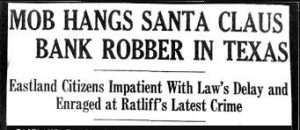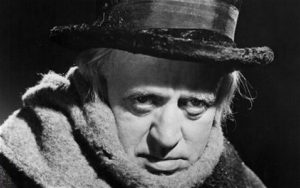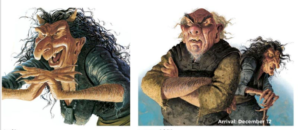“And it came to pass as the angels were gone away from them into heaven, the shepherds said one to another, Let us now go even unto Bethlehem, and see this thing which has come to pass, which the Lord hath made known unto us. And they came with haste, and found Mary, and Joseph and the babe lying in a manger.” (Luke 2: 15-16.)
The artistic portrayal of the visit of the shepherds to the baby Jesus was at first depicted as a visitation by two or three shepherds with simple gifts such as a lamb. The number of shepherds increased in later medieval art and the scene was often conflated with the Annunciation to the Shepherds or the Adoration of the Magi. In Le Brun’s 1690 Adoration of the Shepherds the host of angels filling the air above the Virgin contrasts with the earth-bound shepherds who crawl toward the centre of the canvas. The piety and simplicity of the shepherds made the scene a favourite subject for centuries — other artists who have painted the scene include Rembrandt, Bassano and El Greco whose Adoration was his last work, meant to hang over his tomb .
The incident is also the subject of carols, movies and television specials.








